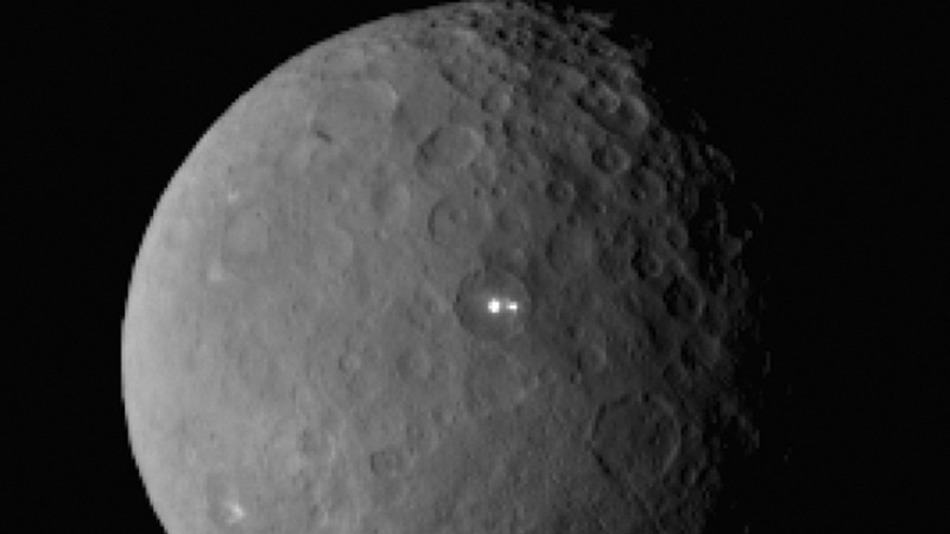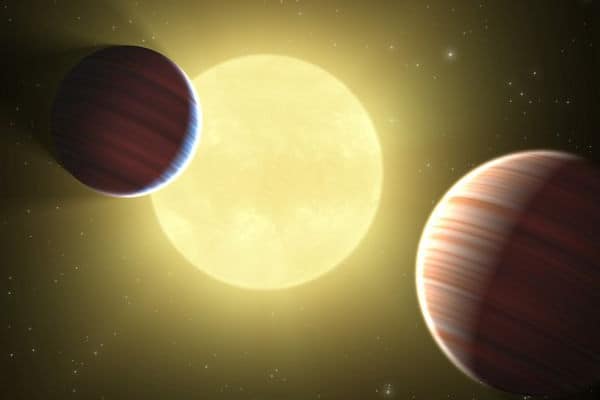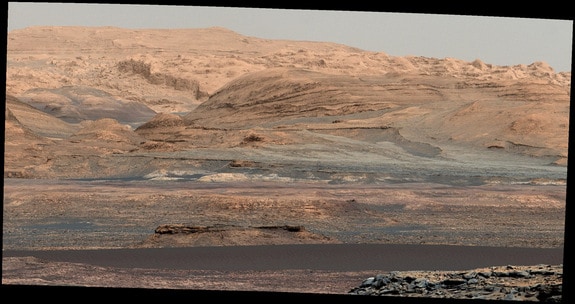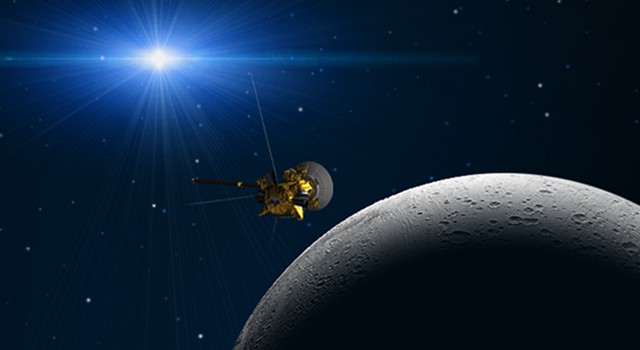Bob Eklund has had a lifelong love affair with the sky, having been raised by a grandfather working at a major astronomical observatory in Wisconsin. For many years he has helped the Mount Wilson Observatory with their public education and outreach programs. Bob is the author of a book of poetry and essays about astronomy, First Star I See Tonight. Following a corporate career as an editor and business communicator, he now assists local residents with their business and personal writing/editing/proofreading needs. See www.bobeklund.com.

Looking Up – Bob Eklund
A team of Spanish astrophysicists has obtained precise measurements for the innermost region of a disc of matter in orbital motion around a supermassive black hole in the lensed quasar known as Einstein’s Cross (Q2237-0305). …[READ MORE]









